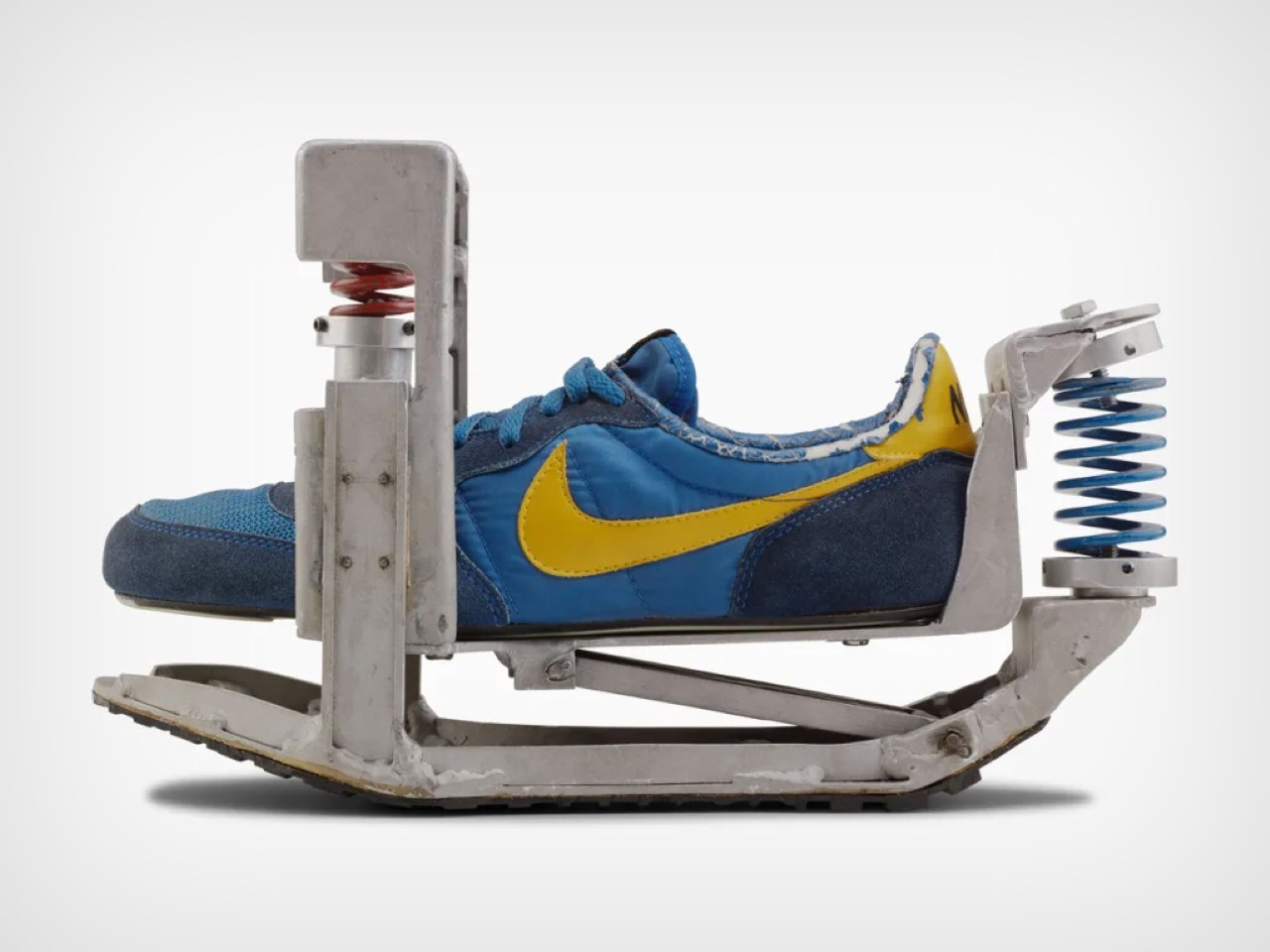Salt and pepper shakers take center stage in artistic exhibition
![]()
Sometimes it’s the most mundane, every day objects that give the most creative designers the inspiration to make pretty unique works of art. The salt and pepper shakers are probably things we’ve taken for granted but the origins of these two essential table objects were pretty important as salt was essential in preserving food and pepper was considered a “prize luxury” back in the day.
Designers: DECODE
![]()
![]()
![]()
A group of 60 Mexican designers have created a group exhibition called Sal & Pimienta that displays their own interpretations of the salt and pepper shaker. Aside from the creativity steeped in cultural and social aesthetics of Mexico, the creatively designed interpretations of these essentials invite people to understand the deep meanings the artist wants to convey and also explore the relationship between “gastronomy, design, and culture.” We’ll highlight some of the designs we found most interesting, although all 60 are pretty interesting and unique in their own right.
![]()
![]()
![]()
Leon Fernandez made 3d-printed shakers that explored the beauty of cellular structures and used new materials. Misasam used aluminum and glass to symbolize the fusion of technology and nature. Lenoir & Associates created a box-like wooden structure to represent mundane working life. Nachona Cadena employed ceramics to represent harmony and contrast in a piece that fit together like puzzle pieces. Gerardo Sandoval Osio uses the form of a traditional mortar but used black marble to show the connection between past and present. Montserrat Piña Bennetts wants to make a statement on how we observe the world by creating shakers that have an “eye” at the top of its tall structure made from white marble, jade, and obsidian.
![]()
![]()
![]()
Sofia Elias worked on latex, plastic, and aluminum to create a piece that shows both the organic and the synthetic in a playful and colorful form. Marisol Centeno Studio used 100% cotton in creating shakers that look like garlic or dumplings but convey the importance of human effort. Roberto Michelsen made something inspired by LEGO bricks as an homage to nostalgia and pop culture. Emilio Flores utilized cast bronze materials to create shakers that look like modern, abstract art. Ingrid Culebro Brown made use of natural stones, onyx, green marble and red travertine to pay tribute to nature and mineral wealth. Aldo Alvarez Tostado / Firestone used caobilla, horsehair and basalt to evoke volcanic landscapes and eroded surfaces.
![]()
![]()
![]()
The post Salt and pepper shakers take center stage in artistic exhibition first appeared on Yanko Design.

